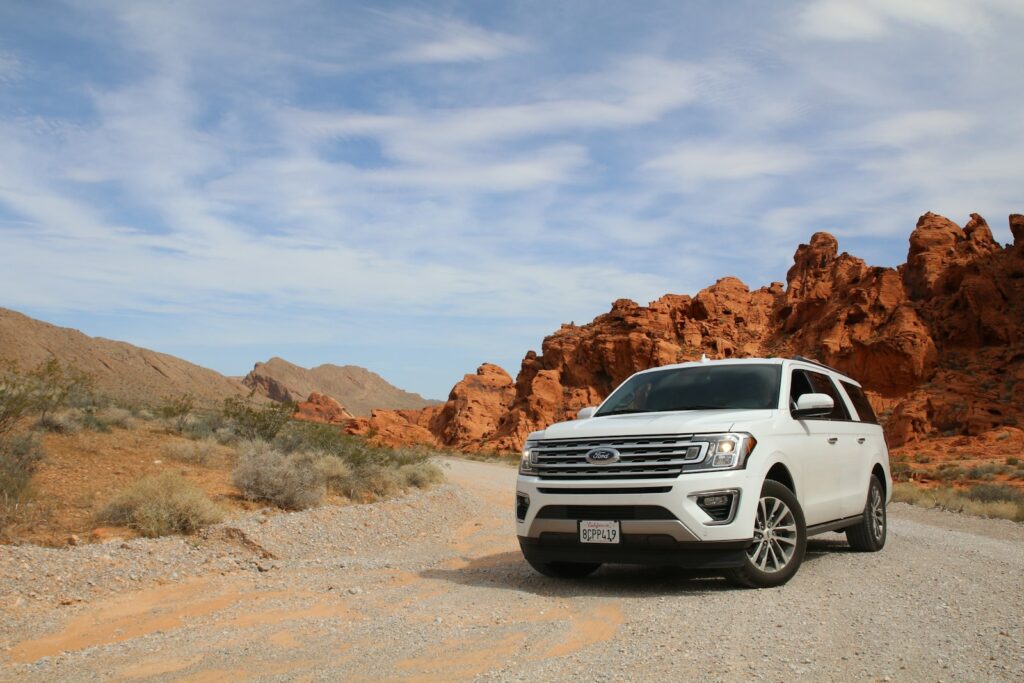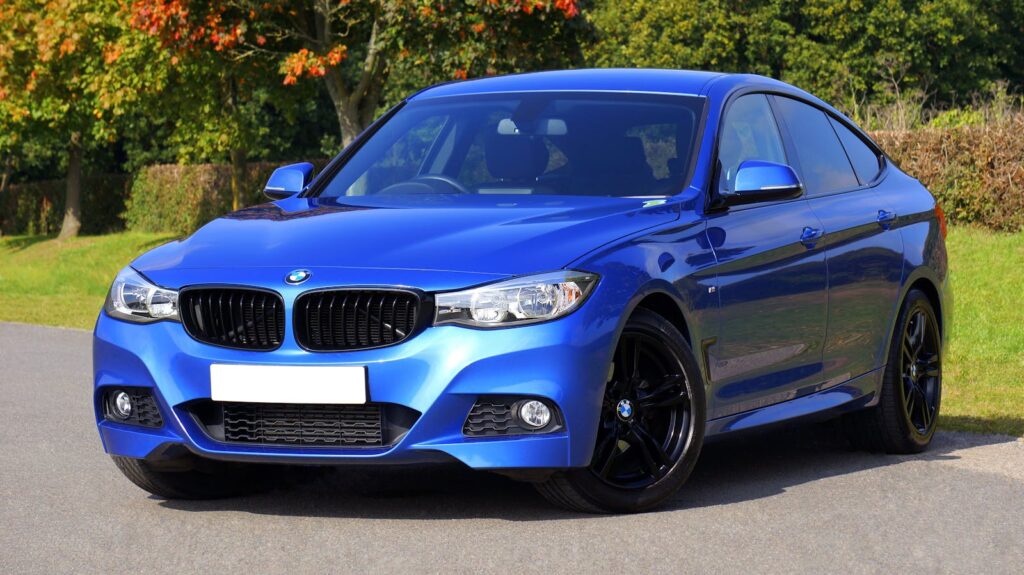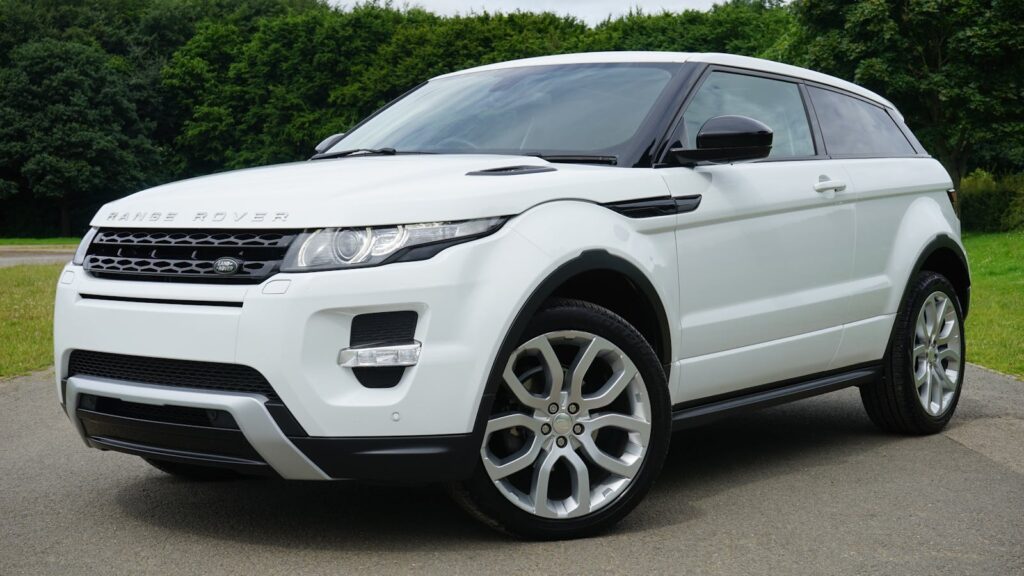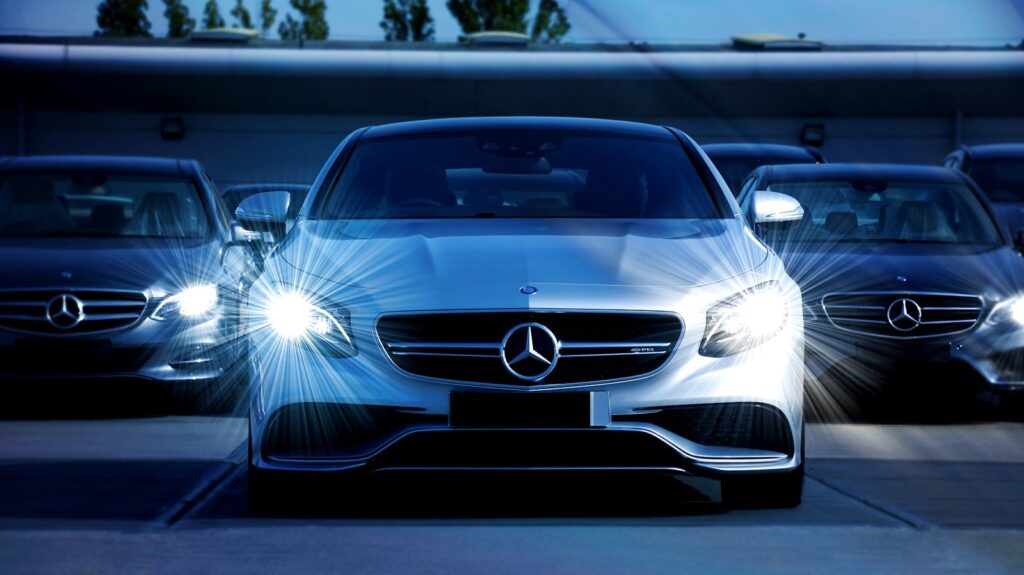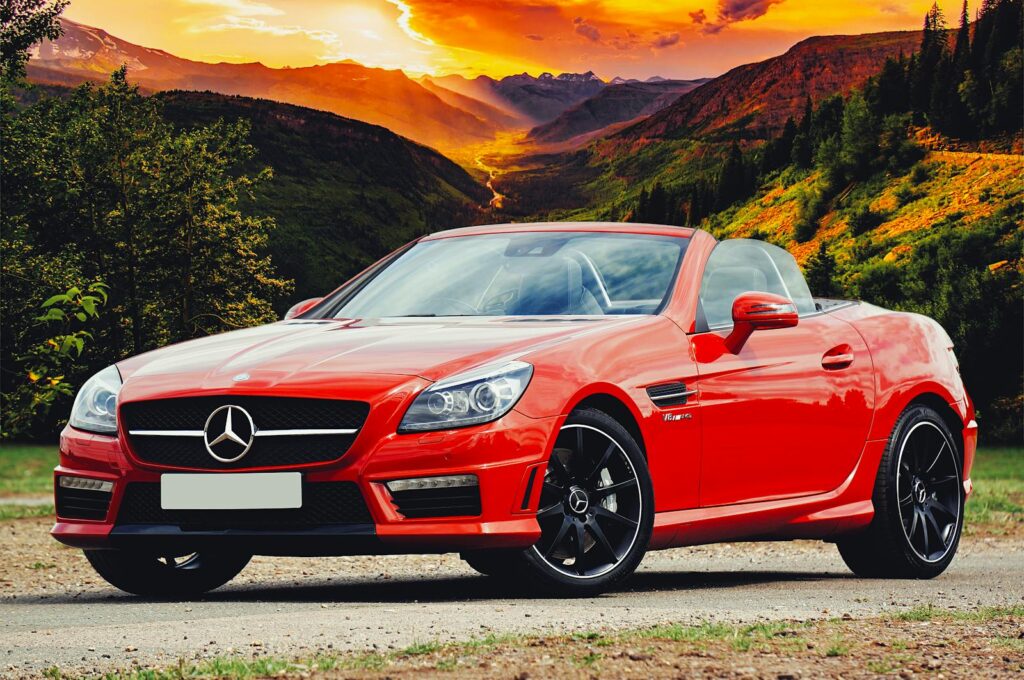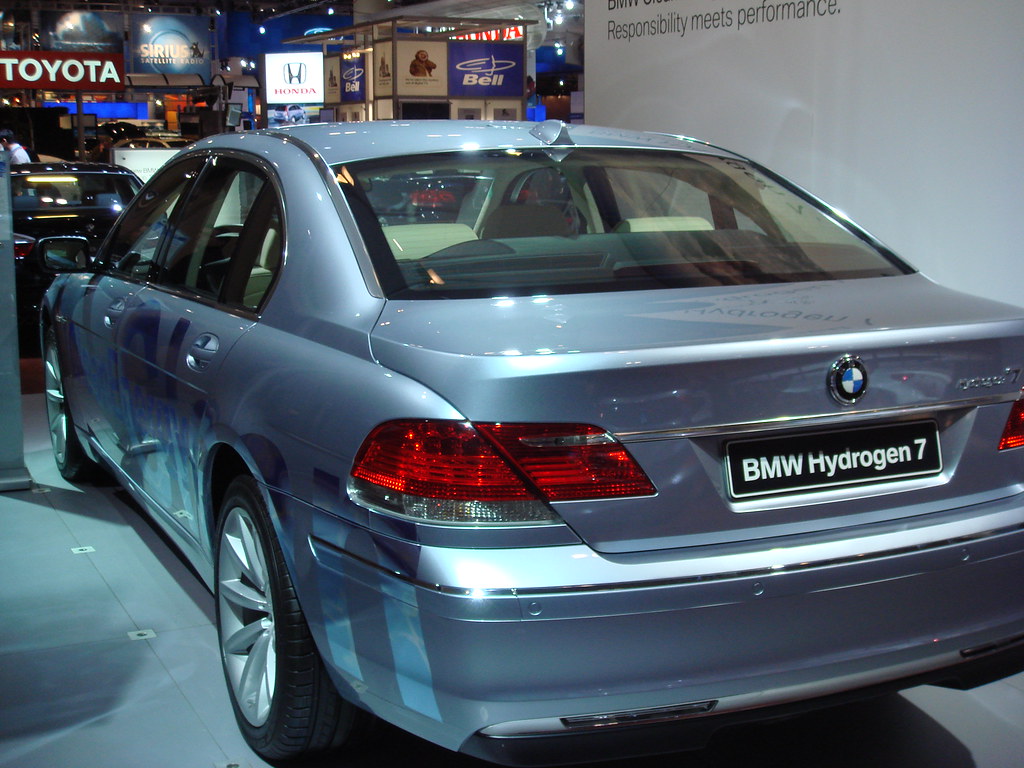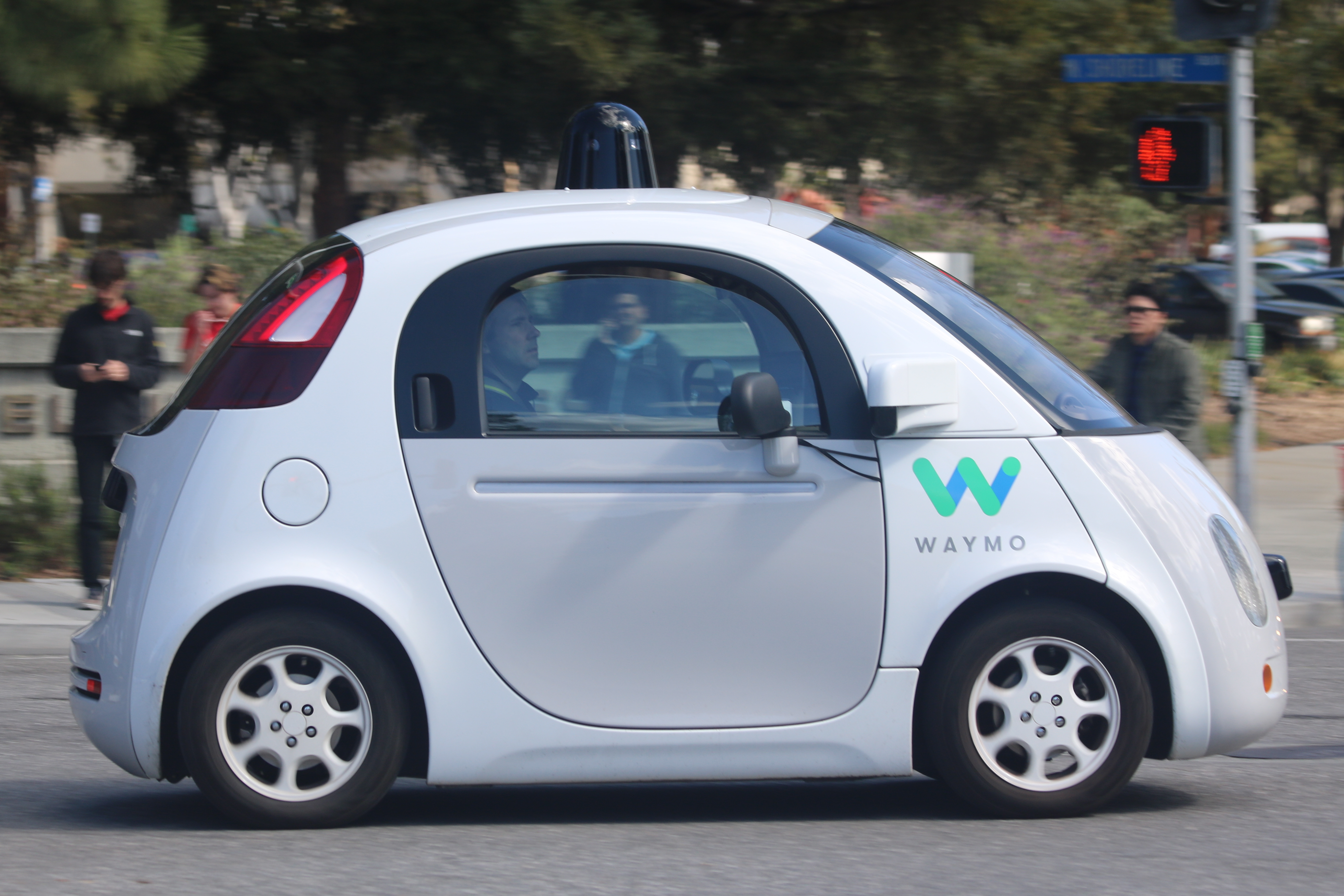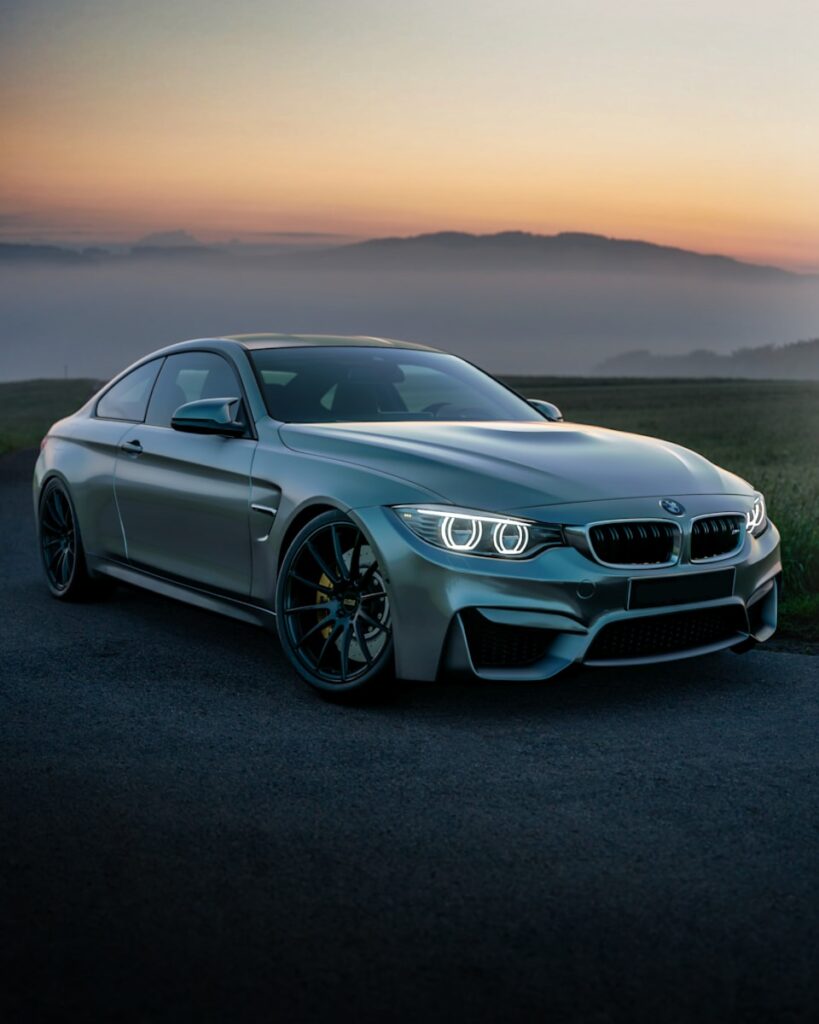
As we navigate through 2025, the automotive landscape is evolving at an unprecedented pace. Among the most notable shifts is the increasing popularity of hybrid cars. This growth is not merely a trend; it’s a reflection of consumers’ evolving values, driven by economic, environmental, and technological factors. In this article, we will explore why hybrid vehicles are taking center stage in the automotive market, dissecting the engineering triumphs and market forces propelling their resurgence.
Not so long ago, it seemed that the heyday of hybrids had come and gone. As Tesla and the potential of electric vehicles grabbed the imaginations of drivers and automakers, hybrids appeared destined to be remembered as an interim step on the way toward a fully electric, emissions-free future. Yet, a funny thing happened: car shoppers balked at the high prices of fully electric models and the challenges of charging them. This pivotal moment has led automakers and car buyers alike to take a second, harder look at hybrids, recognizing their refined capabilities and compelling value proposition.
The narrative is shifting from one that glorifies horsepower to one that celebrates efficiency and eco-friendliness, without compromising on performance. Today’s performance hybrids are a far cry from their early predecessors, combining cutting-edge technology with practical benefits. They represent a sophisticated blend of power, efficiency, and innovation, addressing the multifaceted demands of the modern driver and demonstrating a profound evolution in automotive engineering and market strategy.
1. **Seamless Driving Experience and Refined Technology**Perhaps the most striking improvement in 2025 performance hybrids is arguably the seamless integration of their dual powertrains. Drivers like Sarah Martens, who recently bought a 2025 Toyota Highlander hybrid, praise its operation: “When it starts off from a stoplight or switches from electric to gas, I can’t tell I’m driving a hybrid. It just seems like I’m driving a normal car.” This smoothness is a testament to two decades of refinement since the early models, which sometimes felt “a little clunky” as they transitioned between power sources.
This technological evolution has been driven by significant advancements, particularly in more efficient battery systems and regenerative braking technologies. Modern hybrid batteries are now “smaller in size but hold more power,” allowing for more compact vehicle designs without sacrificing electric capability. The integration of cutting-edge software allows for better energy management, optimizing fuel consumption and extending battery life, culminating in a driving experience that now rivals traditional petrol or diesel engines.
David Christ, group vice president and general manager for the Toyota brand in North America, perfectly encapsulates this progress: “When the Prius came out in 1997, it was mostly tuned to be fuel-efficient. But we’ve had 25 years to refine the technology in a way that makes our hybrids not only fuel-efficient but also fun to drive.” This commitment to continuous improvement has transformed the perception and reality of hybrid vehicles, making them highly desirable, especially when combined with enhanced infotainment systems and advanced driver-assistance features that cater to modern lifestyles.
Car Model Information: 2010 Toyota Highlander Hybrid Limited
Name: Toyota Highlander
Caption: 2022 Toyota Highlander Hybrid
Manufacturer: Toyota
Aka: unbulleted list
Production: 2000–present
ModelYears: 2001–present
Class: Mid-size crossover SUV
BodyStyle: SUV
Layout: unbulleted list
Chassis: Unibody
Categories: 2010s cars, 2020s cars, All-wheel-drive vehicles, All Wikipedia articles written in American English, All articles with dead external links
Summary: The Toyota Highlander, also known as the Toyota Kluger (Japanese: トヨタ・クルーガー, Hepburn: Toyota Kurūgā), is a mid-size crossover SUV with three-row seating produced by Toyota since 2000.
Announced in April 2000 at the New York International Auto Show and arriving in late 2000 in Japan and January 2001 in North America, the Highlander became one of the first car-based mid-size SUV or mid-size crossovers. The Highlander is the crossover counterpart to the more rugged, truck-based mid-size 4Runner and became Toyota’s best-selling SUV before being surpassed by the smaller RAV4 in 2006.
The first-generation model was sold in Japan as the Kluger, which was exclusive to a dealership network called Toyota Netz as a larger alternative to the RAV4. The Kluger nameplate is also used in Australia because “Highlander” is a trademarked trim line name owned by Hyundai. The name is derived from the German word klug, which means smart or clever (klüger – with diacritics – means “more clever“ in German).
Get more information about: Toyota Highlander
Buying a high-performing used car >>>
Brand: Toyota Model: Highlander
Price: $12,985 Mileage: 143,977 mi.
Read more about: 2025 Lincoln Navigator: Is This Still America’s Ultimate Luxury SUV?

2. **Economic Affordability and Value**Beyond the driving experience, the economic advantages of hybrids are a major draw for consumers. Jessica Caldwell, executive director of insights at Edmunds, a market researcher, highlights that while offering better mileage than pure gasoline models, “the prices are pretty close to pure gas vehicles, so they’re much more affordable than E.V.s.” This competitive pricing positions hybrids as a much more accessible entry point for consumers seeking advanced, fuel-efficient vehicles without the significant premium often associated with fully electric models.
This affordability factor has played a crucial role in hybrids stepping in to fill the gap left by slower-than-expected electric vehicle sales. Car shoppers, after all, “balked at the high prices of fully electric models” and the challenges of charging them, making the hybrid a financially savvy choice. The ability to offer advanced features and better fuel economy at a price point palatable to the mass market has cemented their resurgence.
The appeal extends beyond the initial purchase price. In addition to fuel savings, hybrid cars often come with lower maintenance costs compared to their conventional counterparts. The regenerative braking system reduces wear on brake pads, while the electric powertrain minimizes the need for routine engine maintenance. As consumers weigh the total cost of ownership, hybrid cars are increasingly positioned as a financially astute choice, making them an attractive alternative for budget-conscious consumers seeking an economical solution to their transportation needs in an era of fluctuating fuel prices.
Read more about: Remote Work’s Transformative Power: Reshaping Small Town Economies Across America
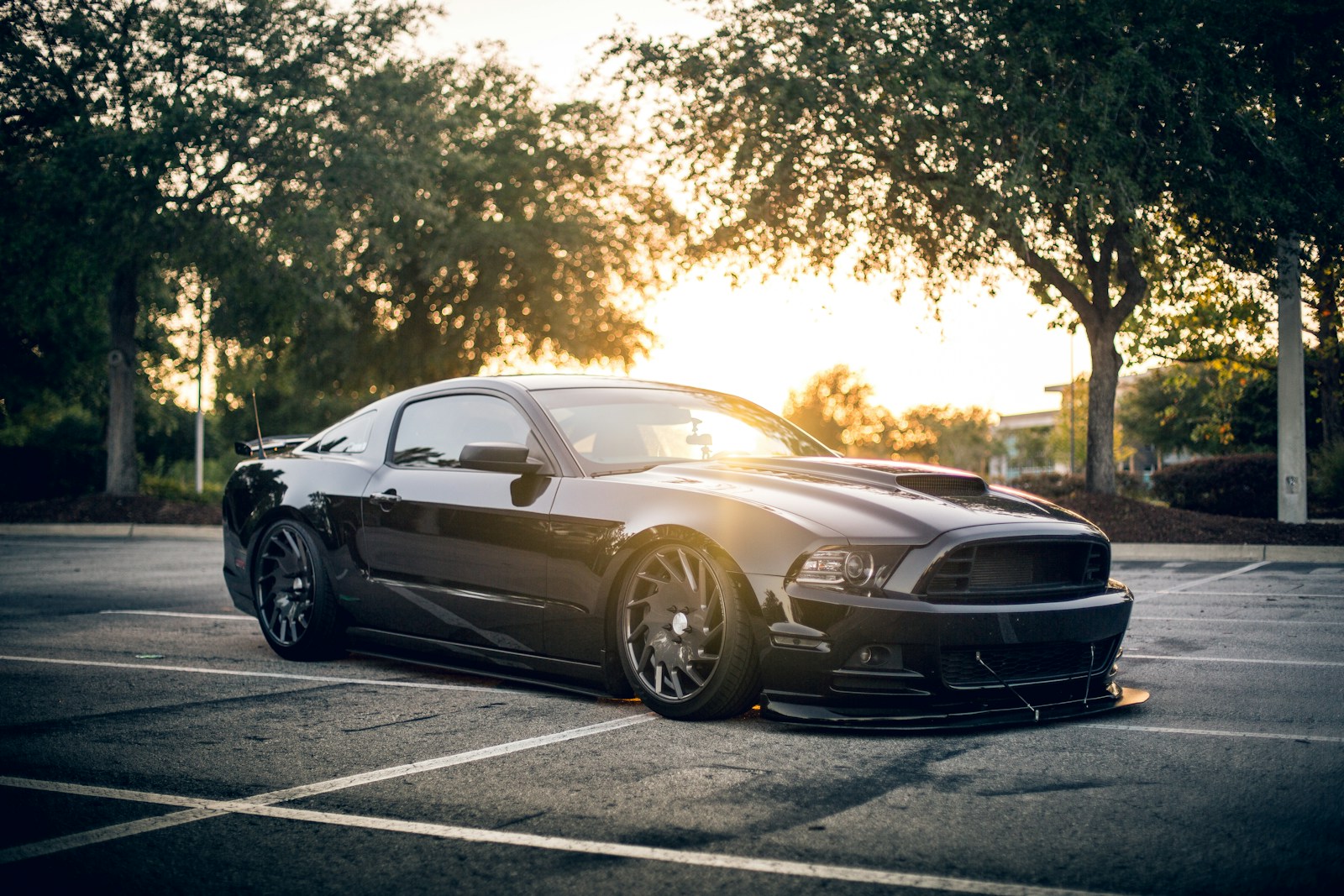
3. **Superior Fuel Efficiency**The core promise of hybrids has always been superior fuel economy, and 2025 models deliver more compellingly than ever before. Jessica Caldwell observes, “They offer better mileage than pure gasoline models,” a key attribute attracting buyers. For a large sport utility vehicle like Sarah Martens’s 2025 Toyota Highlander hybrid, achieving “nearly 30 miles per gallon at times” is a significant advantage, particularly when compared to its purely gasoline-powered counterparts.
This efficiency translates directly into significant savings at the pump, a compelling factor for consumers facing fluctuating fuel prices and increasing concerns about long-term transportation costs. Toyota’s popular hybrids — including the Prius, Corolla, Highlander, RAV4, and Camry — now achieve “anywhere from 40 to 57 combined mpg, according to EPA estimates.” These figures provide a powerful argument for their adoption, making them an attractive proposition for cost-conscious drivers looking to stretch their dollar further.
The fuel efficiency of hybrids also addresses a broader global imperative for sustainability, especially as “climate change continues to affect weather patterns and environmental policies tighten.” By reducing gasoline consumption and offering a solution for “environmentally conscious drivers seeking to reduce emissions without sacrificing performance,” hybrid vehicles serve as a practical choice for those wanting to contribute to a greener future. This dual benefit of personal savings and environmental stewardship makes them a deeply resonant option in today’s market.
Read more about: 2025 Ford F-150 vs. Toyota Tundra: A Deep Dive into Towing, Power, and Capability

4. **Enhanced Performance and Power**A significant evolution in hybrid technology is its newfound emphasis on performance, thoroughly shattering the early perception of hybrids as merely utilitarian. David Christ points out that “the hybrid version of Toyota’s RAV4, Mr. Christ noted, now has more power and torque than the pure gasoline version.” This demonstrates a clear shift from solely fuel efficiency to a holistic driving experience that includes dynamic capabilities, appealing to a broader range of drivers.
Indeed, the context reveals that “the hybrids on sale today — from sport utility vehicles to six-figure sports cars — are faster, ier and more efficient.” High-end manufacturers like the British marque McLaren are explicitly turning to hybrid technology “to boost performance and acceleration.” The McLaren Artura Spider, for instance, produces “a combined 691 horsepower from a 3.0-liter twin-turbocharged V6 and E-motor powertrain,” delivering “ridiculously fast acceleration (0-60 mph in 3 seconds).”
This performance boost is not just about raw power; it’s also about driver engagement. Dani Marcos, a longtime test driver for McLaren, notes that the E-motor and twin-turbo V6 give the Artura Spider “razor-sharp throttle response,” and that they “preserved McLaren’s [racing] DNA.” Similarly, the Corvette E-Ray’s electric motor adds 60 hp and 125 lb-ft of torque, resulting in an experience that Tony Quiroga, editor-in-chief of Car and Driver, described as “just so quick” when first floored. These examples highlight how hybrids are now synonymous with exhilarating performance, not just economy, making them highly appealing to enthusiasts.
Car Model Information: 2021 Toyota RAV4 TRD Off-Road
Name: Toyota RAV4
Caption: 2019 Toyota RAV4 LE AWD (AXAA54, US)
Manufacturer: Toyota
Aka: unbulleted list
Production: 1994–present
Class: Compact crossover SUV
Layout: unbulleted list
Categories: 2000s cars, 2010s cars, 2020s cars, All-wheel-drive vehicles, All Wikipedia articles written in British English
Summary: The Toyota RAV4 (Japanese: トヨタ・RAV4, Hepburn: Toyota Ravufō) is a compact crossover SUV produced by the Japanese automobile manufacturer Toyota. It is known for starting the wave of compact crossovers. The RAV4 is one of the best-selling SUVs of all time, having sold over 10 million units by February 2020. In February 2025, the RAV4 replaced the Ford F-150 as the top selling car in the United States, after nearly four decades of the F-150’s reign.
It made its debut in Japan and Europe in 1994, and in North America in 1995, being launched in January 1996. The vehicle was designed for consumers wanting a vehicle that had most of the benefits of SUVs, such as increased cargo room, higher visibility, and the option of full-time four-wheel drive, along with the maneuverability of a mid-size car. The vehicle’s name is an abbreviation of “Recreational Active Vehicle with 4-wheel drive”, or “Robust Accurate Vehicle with 4-wheel drive”, although not all models come equipped with the four-wheel drive system.
For the third-generation model, Toyota offered both short- and long-wheelbase versions of the RAV4. Short-wheelbase versions were sold in Japan and Europe; long-wheelbase versions in Australia and North America. Toyota of Japan also sold the longer-wheelbase version as the Toyota Vanguard (Japanese: トヨタ・ヴァンガード, Hepburn: Toyota Vangādo) at Toyopet Store dealership chain from 2005 through 2016. RAV4 for the Japanese market were sold at two different Toyota dealership chains, Corolla Store and Netz.
Get more information about: Toyota RAV4
Buying a high-performing used car >>>
Brand: Toyota Model: RAV4
Price: $29,995 Mileage: 65,117 mi.
Read more about: Unveiling the Past: Why Local History Tours Are Captivating a New Generation of Travelers
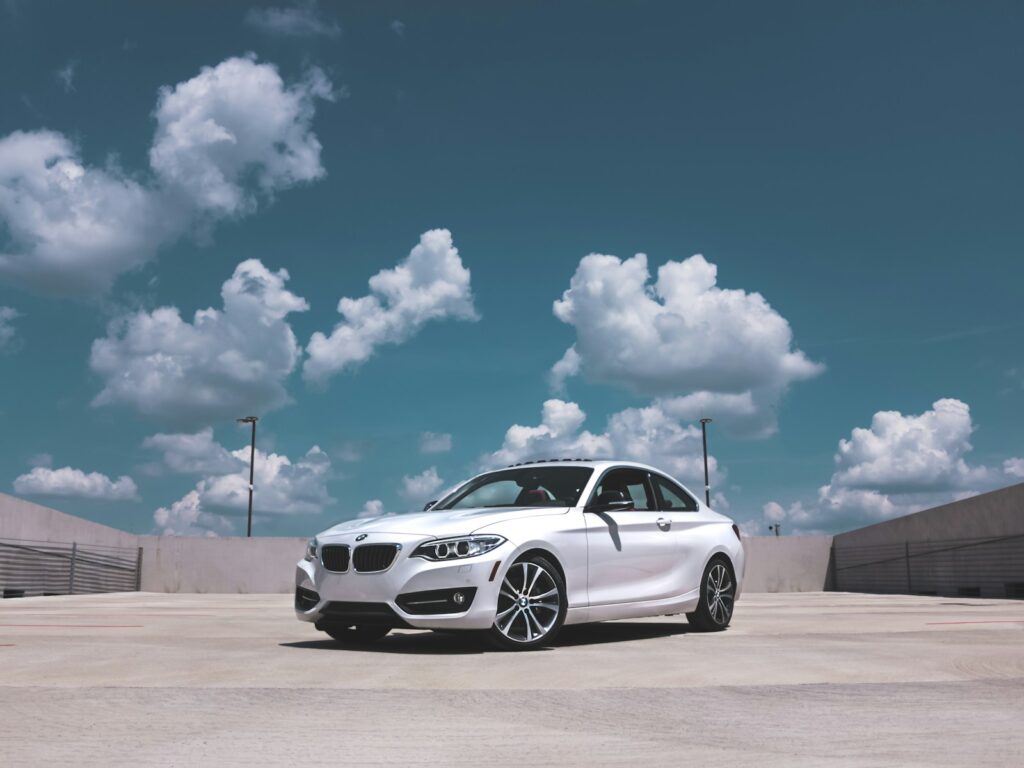
5. **Multifunctional Capabilities**Beyond traditional propulsion, the hybrid’s battery system is unlocking entirely new functionalities, adding immense practical value for consumers. Ford offers a prime example with its F-150 pickup truck, where the hybrid version “can run power tools and lighting on job sites.” This transformation of the vehicle into a mobile power source significantly enhances its utility for both professional applications and recreational users, making it more than just a means of transport.
The utility extends to crucial personal use as well, providing essential support during unforeseen circumstances. Jim Baumbick, Ford’s vice president of advanced product development, cycle planning and programs, states that the F-150 hybrid “can also provide electricity during power outages.” This capability positions the hybrid not just as a mode of transportation, but as an integral part of modern living, offering peace of mind and practical solutions when conventional power sources fail.
Such innovations go beyond mere fuel savings, showcasing how automakers are creatively leveraging hybrid technology to deliver tangible benefits that conventional gasoline vehicles often cannot. Baumbick concludes, “I think a lot of consumers are seeing that it’s a better propulsion system. You get better fuel economy, and it unlocks a lot of new capabilities that they never had before.” This expansion of capabilities broadens the appeal of hybrids to a wider range of buyers with diverse and evolving needs, solidifying their competitive edge.
Car Model Information: 2024 Ford F-150 XLT
Name: Ford F-Series
Caption: 2022 Ford F-150 Lariat Luxury
Manufacturer: Ford Motor Company
Aka: Ford Lobo (Mexico, 1992–present)
Production: 1948–present
Class: Pickup truck#Full-size pickup truck
Layout: Front-engine, rear-wheel-drive layout,rear-wheel drive
Predecessor: 1941 Ford
Categories: All-wheel-drive vehicles, All Wikipedia articles written in American English, All articles that may contain original research, All articles with unsourced statements, Articles that may contain original research from September 2020
Summary: The Ford F-Series is a series of light-duty trucks marketed and manufactured by the Ford Motor Company since model year 1948 as a range of full-sized pickup trucks — positioned between Ford’s Ranger and Super Duty pickup trucks. Alongside the F-150 (introduced in 1975), the F-Series also includes the Super Duty series (introduced in 1999), which includes the heavier-duty F-250 through F-450 pickups, F-450/F-550 chassis cabs, and F-600/F-650/F-750 Class 6–8 commercial trucks.
Get more information about: Ford F-Series
Buying a high-performing used car >>>
Brand: Ford Model: F-150
Price: $40,397 Mileage: 45,515 mi.
Read more about: 14 Must-Have Tech Marvels: Upgrading Your Life with the Latest Gadgets
6. **Improved Styling and Image Transformation**The “nerdy, uncool image from the early 2000s” that once plagued hybrids has been thoroughly shed by 2025. Today’s hybrid models are designed with aesthetic appeal and modern sensibilities in mind, drawing consumers in with their sleek and attractive exteriors. The newest Prius model, which launched in November of 2022, serves as a prime example, with Jeff Buchanan, vice president of vehicle marketing and communications at Toyota, noting, “The styling is unbelievable, the performance is unbelievable. People say to me, ‘Wow, that’s a really good looking car.’”
This transformation in design is crucial for mass market adoption, as vehicle aesthetics play a significant role in consumer purchasing decisions. The commitment to stylish, contemporary designs means that drivers no longer have to choose between environmental responsibility and a desirable vehicle appearance. This shift aligns with the evolving narrative of personal transportation, where eco-friendliness is now seamlessly integrated with modern luxury and dynamic visual appeal, appealing to a discerning customer base.
The integration of improved styling alongside enhanced performance and efficiency signifies a comprehensive rebranding of the hybrid vehicle. It’s no longer just about practical economy; it’s about making a statement of both environmental consciousness and personal style. This evolution ensures that hybrids appeal to a broader demographic, including those who prioritize vehicle aesthetics and a strong road presence, moving them firmly into the mainstream of automotive desirability and making them “hottest vehicles right now.”
Car Model Information: 2025 Toyota Prius L
Name: Toyota Prius
Caption: Fifth generation Prius (XW60)
Manufacturer: Toyota
Production: December 1997 – present
ModelYears: 2001–present (US)
Class: ubl
BodyStyle: unbulleted list
Layout: unbulleted list
Sp: uk
Categories: 2000s cars, 2010s cars, 2020s cars, All-wheel-drive vehicles, All Wikipedia articles in need of updating
Summary: The Toyota Prius ( PREE-əss) (Japanese: トヨタ・プリウス, Hepburn: Toyota Puriusu) is a car produced by Toyota since 1997 over five generations. The Prius has a hybrid drivetrain, which combines an internal combustion engine and an electric motor. Initially offered as a subcompact four-door saloon, it has been produced only as a compact five-door liftback since 2003.
The Prius was developed by Toyota to be the “car for the 21st century”; it was the first mass-produced hybrid vehicle, first going on sale in Japan in 1997 at all four Toyota Japan dealership chains, and subsequently introduced worldwide in 2000.
In 2011, Toyota expanded the Prius family to include the Prius v, an MPV, and the Prius c, a subcompact hatchback. The production version of the Prius plug-in hybrid was released in 2012. The second generation of the plug-in variant, the Prius Prime, was released in the U.S. in November 2016. The Prius family totaled global cumulative sales of 6.1 million units in January 2017, representing 61% of the 10 million hybrids sold worldwide by Toyota since 1997. Toyota sells the Prius in over 90 markets, with Japan and the United States being its largest markets.
Get more information about: Toyota Prius
Buying a high-performing used car >>>
Brand: Toyota Model: Prius
Price: $32,983 Mileage: 4,291 mi.
Read more about: 2025 Lincoln Navigator: Is This Still America’s Ultimate Luxury SUV?
7. **Automaker Strategic Shift**Perhaps one of the most significant indicators of hybrid popularity is the profound strategic shift occurring within major automotive manufacturers. After an initial surge towards full electric vehicles, many automakers are now “slowing the introduction of new electric vehicles, and have accelerated development of new hybrids.” This recalibration reflects a pragmatic response to market realities and evolving consumer demand, acknowledging that the transition to full electrification is complex and multifaceted.
Companies like Hyundai plan to “double its hybrid offerings to 14 models,” while Ford intends to “make hybrid variants across its model line by the end of the decade.” Even Toyota, a long-time hybrid proponent, is taking it a step further, with “several mainstream Toyota models, including the Sienna, Camry, Crown and RAV4, are or will soon be available only as hybrids.” This widespread commitment signals a long-term investment in hybrid technology, not just as a stopgap, but as a core part of their future product portfolios.
This strategic pivot is not a retreat from electrification but rather an acknowledgment of its complex journey. Randy Parker, CEO of Hyundai Motor America, explains, “We have always understood the EV transformation to have near-term and long-term requirements. That is why we developed a lineup with this diverse choice of drivetrains. We want to meet the customer where they are on their EV transformation journey, including the readiness of their local and regional charging infrastructure.” This adaptable approach ensures that consumers have viable options, reinforcing the critical role hybrids play in the ongoing evolution of the automotive market and their undeniable popularity.
Read more about: The 2025 BMW 3 Series: Mastering the Art of Evolution in a Competitive Landscape
8. **Evolving Consumer Preferences and the Demand for Flexibility**As the automotive market transitions, consumer preferences are evolving, extending beyond mere economic incentives to encompass practical concerns like range anxiety and the desire for uncompromised flexibility. Many potential car buyers, while ‘EV-curious,’ remain cautious about fully committing to battery electric vehicles. This demographic finds hybrids to be the ideal compromise, offering the benefits of electric propulsion for daily commutes without the psychological pressure of a purely electric range limitation or reliance on charging infrastructure. Hybrids effectively bridge this gap, catering to those who seek sustainability without sacrificing convenience or peace of mind. Some people, for instance, are simply “not ready to switch to electric vehicles” and appreciate that hybrids “offer flexibility — you don’t have to depend on charging infrastructure but you can still reduce emissions.”
This evolving mindset means that the decision to purchase a hybrid is often rooted in a desire for adaptability in varying driving conditions and geographical locations. For drivers contemplating long road trips or those living in areas where charging stations are sparse, the ability to switch seamlessly to a gasoline engine eliminates the stress associated with range limitations. This dual-power source capability ensures that the vehicle remains a reliable mode of transport, irrespective of the journey’s length or the accessibility of charging facilities. The enduring appeal of hybrids, therefore, lies in their capacity to provide a ‘best of both worlds’ solution, satisfying the need for eco-consciousness alongside unwavering practicality.
Ultimately, automakers are recognizing and responding to these nuanced consumer demands. Randy Parker, CEO of Hyundai Motor America, articulates this understanding perfectly: “We want to meet the customer where they are on their EV transformation journey, including the readiness of their local and regional charging infrastructure.” This strategic empathy with customer readiness highlights that the popularity of hybrids is not just a passing trend but a sustained response to a significant segment of the market. These vehicles provide a crucial stepping stone for many, making the transition to more sustainable transportation accessible and less daunting.
Read more about: Unveiling the Past: Why Local History Tours Are Captivating a New Generation of Travelers
9. **The Critical Role of Charging Infrastructure in Hybrid Adoption**The current state of electric vehicle charging infrastructure remains a significant external factor solidifying the appeal of hybrid cars. Despite advancements, the widespread availability and reliability of public charging stations are not yet ubiquitous enough to assuage the concerns of all potential EV buyers. This reality makes hybrids a more practical and convenient choice for a substantial portion of the driving public, particularly those who lack consistent home charging access or frequently travel beyond urban centers with dense charging networks. This challenge was clearly articulated by car shoppers who “balked at the high prices of fully electric models and the challenges of charging them.”
While some data indicates that a high percentage of EV intenders plan to charge at home, suggesting that home charging infrastructure is less of a barrier, this doesn’t fully address the public charging dilemma for everyone. For those without garages, dedicated parking, or the ability to install home charging solutions, the public infrastructure becomes paramount. Consequently, the hybrid vehicle, with its ability to refuel at any conventional gas station, offers an immediate and accessible solution, negating the “range anxiety” that still plagues many considering a fully electric model. For some drivers, a PHEV can go around 50 miles on battery power alone before the gas engine kicks in, making it an ideal local commuter with the flexibility for longer journeys.
Even as EV infrastructure continues to expand, the pace of this expansion and its consistency across all regions vary greatly. This disparity ensures that hybrids will retain their relevance for the foreseeable future. They serve as a vital option for drivers who are committed to reducing their carbon footprint but are not yet able to fully integrate into an EV-centric ecosystem due to geographical constraints or lifestyle factors. The practical advantage of not being tethered to a nascent charging network continues to be a compelling reason for consumers to opt for a hybrid, underscoring its enduring market position.
Read more about: The Ultimate 2025 SUV Fuel Economy Showdown: How Top Models Perform on Long-Distance Journeys
As we look ahead, the trajectory of hybrid vehicles in 2025 and beyond is remarkably clear. They have transcended their initial perception as a niche, utilitarian option to become a sophisticated, high-performance, and economically sensible choice for a vast and growing segment of the global population. The convergence of technological innovation, astute strategic positioning by automakers, evolving consumer values, and responsive governmental policies has firmly cemented their indispensable role. Hybrids are not just popular; they are a testament to how practical innovation can seamlessly align with pressing environmental and economic demands, driving the future of personal mobility forward with an undeniable blend of power, efficiency, and intelligence.

